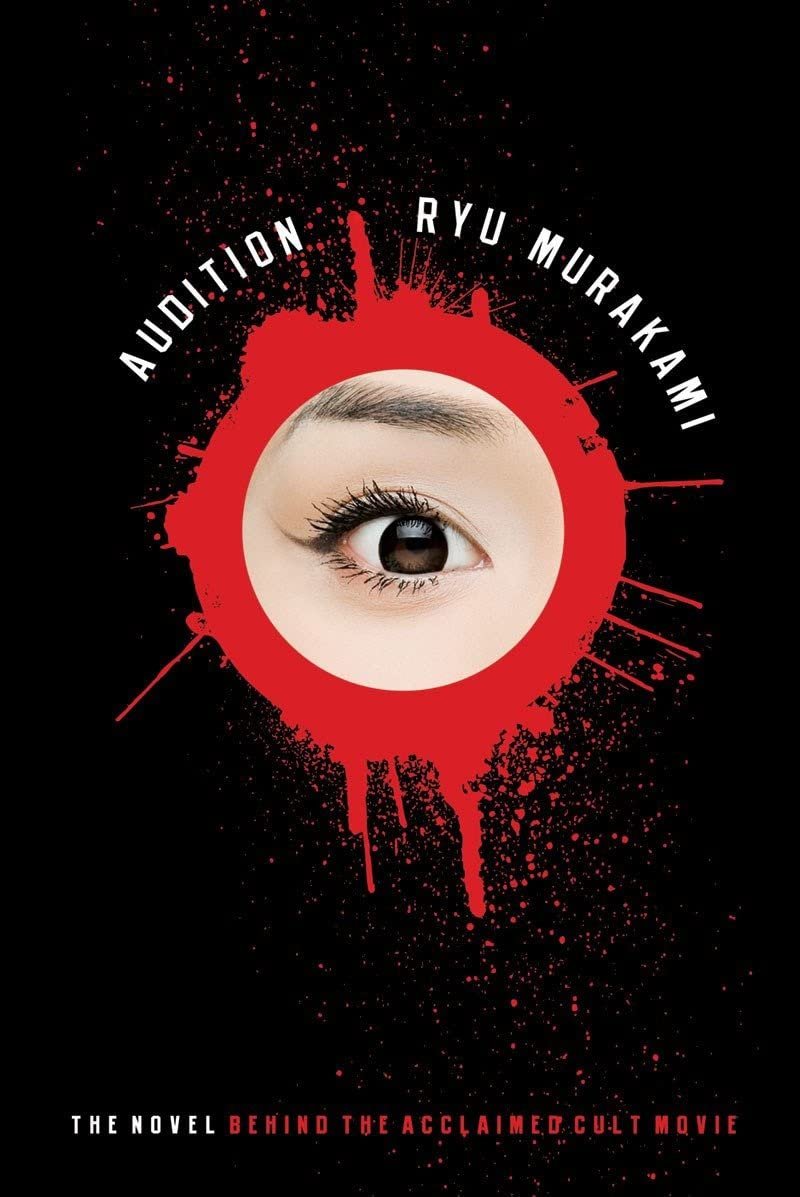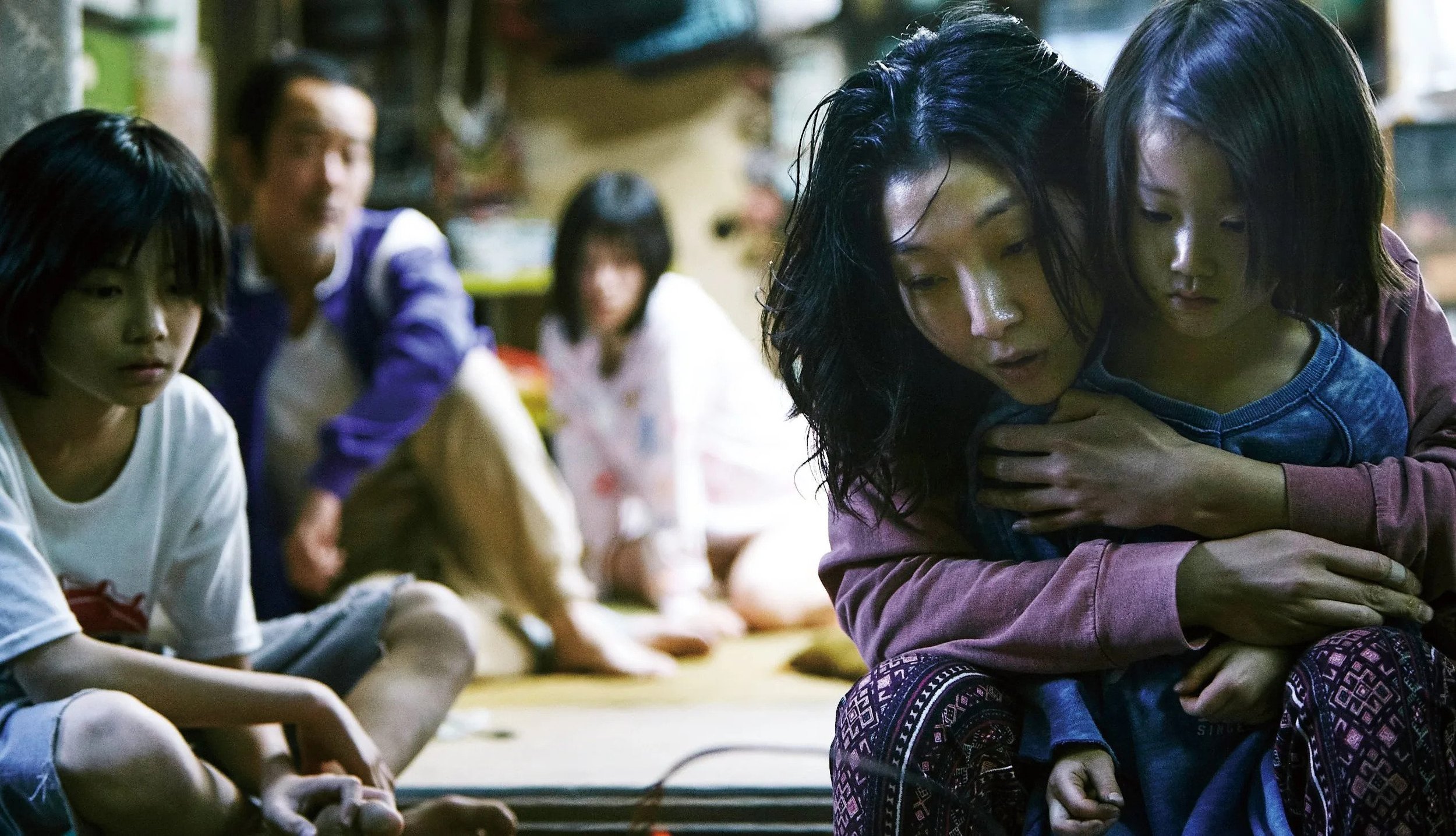The Sabukaru Beginner’s Guide to the Best Japanese Novels

Sabukaru might be known to be a dedicated field of discovery for all things mangas, animes, and movies.
Truth be told, it’s not the only thing this magazine likes. One thing we rarely touch on but holds a great space in our lives is books, precisely, Japanese novels.
Haruki Murakami
Japan is no stranger to globally acclaimed literature. In fact, the first historically recorded novel was The Tale of Genji in Japan during the 11th century. Written by Murasaki Shikibu, she tells the epic story of the aristocrat Genji. This lineage of notable literary oeuvres is still in continuation during the 21st century, and, today, Japanese libraries offer a huge range of novels touching on romance, mysteries, and close-to-home stories. Nowadays, translations are widely available, so there is no reason to miss out on them.
In this guide, Sabukaru recollects some of the most remarkable modern Japanese novels. The titles in this list have changed the lives of many readers across the entire world. Ranging from young authors to more experienced ones, new books to classics, and dark to wholesome themes, this book guide is absolutely timeless.
The books here are definitely a must-read, even for people who find they do not have time to read: these will consume you entirely, and even irregular readers have sworn that the novels below left a mark on them. Although this is just the tip of the iceberg when it comes to Japanese literature, you will get the gist of why Japan is so celebrated for its writing. Exploring indispensable historical themes that have made Japan the way it is today, to Japanese LGBT issues, they also plunge into philosophical questions that trouble people on a daily basis, and continuously open discourses about the future, love, and self.
There is a reason these titles have made it to the Sabukaru network. One after the other, they transformed the field of the art of writing nationally and globally, making themselves important milestones.
In the Miso Soup, 1997
In the Miso Soup is a well-known title in the Western market for Japanese Novel. Written by none other than the master of disillusion, disinhibition, and thrill, Ryu Murakami, this book is a nail-biting story about an unsettling American tourist in the red light district of Kabukicho. Frank, the offputting tourist, is guided by the alarmed Kenji, who starts to fear for his life as he discovers the hardly concealed penchant that Frank has for gruesomeness. Slowly escalating into bloodcurdling scenes, Kenji has no other option but to put his trust in Frank in order to survive.
Ryu Murakami has won the Yomiuri Prize in 1997 with this one. Also known as “the other Murakami” [in comparison to the famous author Haruki Murakami], he has written several other hits like Almost Transparent Blue and Coin Locker Babies. The author, born in 1952 in Nagasaki, had a wild youth: he invested himself into the arts and hippie culture all while playing in a rock band after he was on house arrest for barricading his school rooftop.
In the Miso Soup is recommended for those who aren’t avid readers as this is a fantastic introduction to Japanese literature, and regardless of its short length, it is still packed with substance and every page is addictive.
Audition, 1997
Audition was written by the same author of In the Miso Soup, Ryu Murakami. He released this novel during the same year as the aforementioned book, and it was adapted into a popular horror movie in 1999 of the same title, directed by Takashi Miike. Following the widowed Aoyama, the protagonist sets up a fake audition with his friend Yoshikawa to find himself a new wife, and falls head over heels with the graceful but mysterious Asami. It’s just a matter of time before Asami shows how evil can take such an enchanting shape.
The author does not reserve any room for boredom in his books, keeping his audience breathless until the last page. In this case, the film is equally as good as the book, but the original holds untethered thrill that should not be missed out on.
Kitchen, 1988
Banana Yoshimoto might be a peculiar name for an author. Born in 1964 in Tokyo, Yoshimoto took on her pen name Banana after her fondness for banana flowers. Although she keeps her life private, she has amassed quite a lot of fans in Japan and in the rest of the world.
Kitchen is her most known book. Developing into a heartfelt, bittersweet story about grief, food, and love, Kitchen follows Mikage who grows closer to her florist friend Yuichi amidst her grieving the death of her grandmother. She moves in with her friend and his transgender mother, Eriko, and finds solace in their modest kitchen and in learning about Eriko’s life as a transgender woman. Tragedy strikes close to home again, and this pushes Mikage and Yuichi to learn and love through loss. Published in 1988, Kitchen was a pretty politically-forward book as it realistically touches on LGBTQ issues and mental health.
Convenience Store Woman, 2016
The standards for adulthood seem pretty simple, but they have afflicted Keiko since her childhood. She’s what you would consider “abnormal”, and navigating relationships, society, and adulthood are not her forte. Keiko is not keen on anything other than her predictable lifestyle of working at the local konbini - where she’s been a star employee for 18 years. Now 36 years old, uninterested in romance, sex, career, and family, but perfectly happy with how her life is, Keiko is challenged by an entirely dislikable coworker, who pushes her to step out of her comfort zone.
Published in 2016, Convenience Store Woman is an insider look into the cohesive Japanese society and its expectations. Written by Sayaka Murata, an upcoming Japanese author, this book is recommended for those looking for a short, lighthearted read about an ongoing discourse about human relationships. Having worked in a convenience store, the author inspires a sort of affection towards these shops and their staff. Convenience Store Woman was translated into 30 languages, so it’s definitely indispensable.
Kafka on the Shore, 2002
Lyrical, metaphorical, surreal, and picturesque best describe this novel. Kafka on the Shore was globally acclaimed for all the right reasons. Following the teenage Kafka Tamura, he runs away from his father in the search for his long-lost mother and sister in order to escape a curse and stays in a library in the city of Takamatsu. Then comes along a peculiar old man with an ability to talk about cats, Satoru Nakata, who feels strongly drawn to the young boy for mysterious reasons that he cannot explain. A forest of soldiers, a cat murderer, Beethoven, and metaphysics turn the story into a whirlwind of wonder and poetry.
Kafka on the Shore is written by the famous Haruki Murakami, author of Norwegian Wood and 1Q84. Born in 1949, Murakami first owned a jazz bar and later sold it to dedicate himself to writing. His very first novel, Hear the Wind Sing, won first prize in the one contest he submitted it to. Murakami is still writing to this day and has inspired many other contemporary writers and poets.
Spring Snow, 1969
Spring Snow is, simply put, a literary masterpiece. Although it might be a recipe for boredom for some readers, the slow burn of this novel is something that no other story offers. It was written by Yukio Mishima, born in 1925. He had a turbulent life, from an isolating childhood, to dealing with his homosexuality in unfavourable times, to committing seppuku [Japanese ritualistic suicide]. A proud writer, poet, and nationalist, Mishima was an important figure of Japanese literature and history.
Spring Snow happens during the early 20th century. Kiyoaki Matsugae is the 18-year-old son of a reputable family and is swelled with pride and is largely reserved. Upon meeting Satoko Ayakura, the 20-year-old daughter of an aristocratic family, he’s filled with resentment at her unexpected behavior. Unlike an average enemies-to-lovers trope, they shift between affection and separation, but bad omens and predictive dreams succeed each other, keeping their affair on a tightrope. Full of philosophy, tragedy, and an honest look at the Westernisation of Japan, Spring Snow is a classic.
Unlike a handful of male-authored novels that depict female characters and their relationships vulgarly, Yukio Mishima writes about Kiyoaki and Satoko with tenderness, and warmth, while also keeping the boy’s aloofness and the girl’s frigidness and creating a poignant, unbalanced romance.
Heaven, 2009
Mieko Kawakami is one of the most beloved authors of modern Japanese literature. She was born in 1976 and started off as a poet, singer, and blogger before becoming a globally celebrated writer. Touching on feminist themes such as bodily integrity, sexualization, and equity, Kawakami ponders about society in a poetical way. Her chartbuster novel Breasts and Eggs was in TIME’s Best 10 Books of 2020.
Before she even started writing Breasts and Eggs, Heaven was released. The protagonist is a 14-year-old student who’s constantly bullied for his lazy eye, getting relentlessly teased by his peers calling him “Eyes”. In parallel, his classmate Kojima is also a victim of bullying. She attempts to form a friendship with the boy since they are the outsiders in the class. However, instead of standing up for themselves, they obediently submit to the harassment, believing that this will improve their circumstances. With a profound look at the imbalance between the “strong” and the “weak”, Kawakami delivers a realistic portrayal of victimized children.
Two Virgins in the Attic, 1919
This novel is a queer beacon for Japanese literature. The author behind it, Nobuko Yoshiya, is a lesbian icon of the 1920s, who openly lived with her long-time partner Monma Chiyo. Although she’s rarely included in queer Japanese discourse today, Yoshiya was extremely popular during her time, even though the relationships between her female characters hinted at queerness, which was frowned upon then. Born in 1896 and passing in 1973, she left a long legacy of feminist literature.
Two Virgins in the Attic is a tender, youthful and sentimental romance novel. Two young roommates, Tamaki and Akiko, move in together. Both girls are curious about each other, in a fluttery, virginal way, and go out of their way to spy on each other and secretly bask in each other’s scent. This innocence escalates to passion, and Tamaki and Akiko are left to complete their story. Since society didn’t consider anything relating to the LGBT community appropriate, Yoshiya described queerness in a more inhibited way, often portraying it as friendship or swerving happy endings. Unfortunately, no official English version was released as of today.
The Memory Police, 1994
The Memory Police is a penetrating and puzzling book. Plunging into the complex psychological constitution of people, it’s a haunting read. Living on an isolated island, an author spends her days writing with her editor R. However, the place is controlled by the Memory Police, because things mysteriously disappear from the island, such as objects, food, and people, and the Memory Police captures anyone who remembers what’s missing. The editor is one of the people with the ability and, with the help of the author and friends, hides in a secret room. Soon, seasons go missing, as well as body parts of the citizens.
Yoko Ogawa is the mastermind behind this dystopian fiction and states that she was inspired by the Diary of Anne Frank. Born in 1962, Ogawa is also at the top among female Japanese authors, and she has written over 50 literary works and alongside won multiple awards for her poise and talent.
About the Author:
Mizuki Khoury
Born in Montreal, based in Tokyo. Sabukaru’s senior writer and works as an artist under Exit Number Five.









